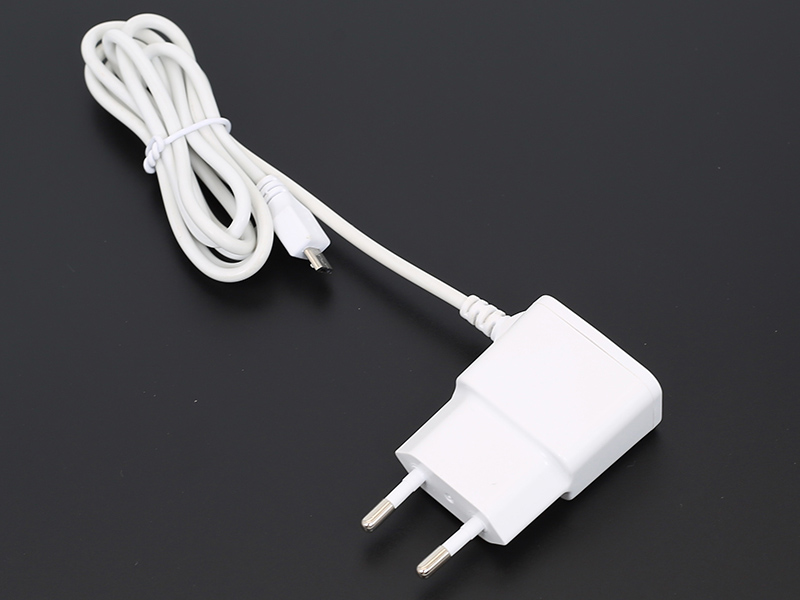
Lithium ion batteries and lead-acid batteries are common types of rechargeable batteries,and they have significant differences in charging principles,charger design,charging voltage,and current requirements.Firstly,lithium battery chargers typically adopt a three-stage charging method,namely constant current charging,constant voltage charging,and trickle charging.In the constant current stage,the charger provides stable current and the battery voltage gradually increases;When the battery is close to being fully charged,it enters the constant voltage

stage,and the current gradually decreases until charging is completed.Lead acid battery chargers usually use constant voltage charging mode,where the current is high during charging.When the battery voltage approaches the set value,the charger will automatically adjust the current and enter float charging mode to maintain the battery voltage.The charging voltage of lithium batteries is usually 4.2V(single cell battery),while the charging voltage of lead-acid batteries is lower,about 2V per cell.A 12V lead-acid battery pack usually requires a charging voltage of 14.4V to 14.8V.Lithium battery chargers need to control voltage and current to avoid problems such as overcharging,overdischarging,or high temperature.They usually have built-in temperature sensors and voltage current monitoring circuits to ensure stable charging;Lead acid batteries,on the other hand,are relatively tolerant.Although they also have overcharge protection,the control requirements for the charging process are relatively relaxed.Lithium ion battery chargers are usually designed to be more compact and use power management technology,resulting in smaller size and lighter weight,while lead-acid battery chargers are larger and heavier,especially high-power chargers,which typically use traditional transformer and rectifier designs.